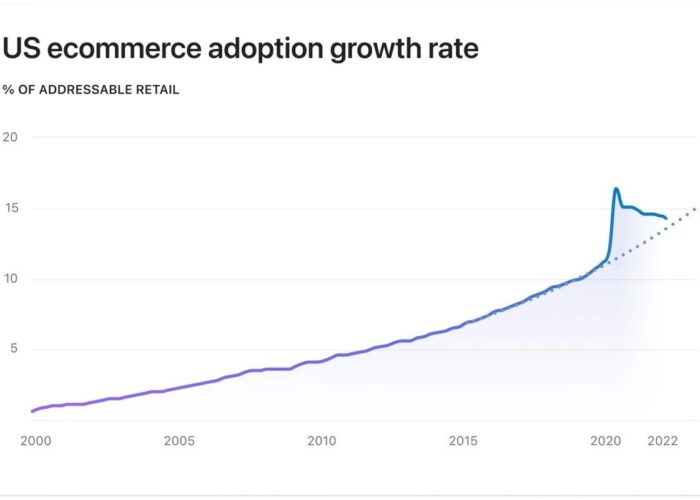You spent hundreds of hours determining which products to develop. You followed that up with the painstaking process of getting your products to market so that your customers could love them as much as you do. After years of hard work, blood, sweat and tears you’re ready to sell the business. The buyer tells you “you really have an interesting mix of products, but there’s no brand here so we believe a purchase price on the low end of the range is appropriate.”
Why does the buyer believe you don’t have a brand? In today’s world of rapidly growing new eCommerce brands, it is increasingly difficult to determine when a company has transitioned from an interesting set of products into a brand. Investors care about the brand distinction due to the critical benefits that accrue to a successful brand including:
- Staying power – A loyal group of customers adds significant value to a business. During periods of economic weakness, customers are more likely to continue utilizing brands they trust relative to competitors due to the perceived value they receive
- Pricing power – Enthusiast brands tend to have customers that make repeat purchases and are more focused on consistency of quality and service than price point
- Growth potential – It is much easier for an established brand to launch new products in the marketplace. These new products typically have lower customer acquisition costs than products without existing brand awareness
The benefits of a brand drive premium prices in sales transactions. So how can an entrepreneur determine if she has hit the holy grail and created a brand and not a set of products? To a degree, beauty is in the eye of the beholder. However, at Altacrest there are several objective criteria which we consistently analyze to help us determine if a company has developed a brand:
- Strong adoption across a breadth of products – Young companies often start out with one dynamic product. An investor will prefer a suite of differentiated products that target a well-defined demographic utilizing the same brand image. If multiple products are ramping sales under the same brand, this is a good sign of brand development
- Repeat customer purchases – Nothing signifies success more than repeat customers coming back and purchasing your products at a reasonable profit margin because they value your brand. Commodity products typically have lower repeat customer rates which ultimately leads to higher customer acquisition costs over time and lower margins
- Ability to sell within multiple sales channels – Many young products/brands initially reach their target market through the large (and growing) Amazon platform. As a brand identity emerges, enhanced selling on a company’s own website and/or additional selling through other sales channels can indicate to merchants and consumers that brand identification is occurring
- Category leader with regards to reviews and SEO – Although this is primarily an eCommerce characteristic, it is increasingly important that all consumer brands maintain strong review profiles, customer service reputations, and “top of page 1” search characteristics
Brands are still important to consumers and are alive and well in the today’s world of eCommerce. On ultra-competitive platforms such as Amazon it is critically important to have a brand strategy. Consumers consistently determine their purchase decision based on the number and quality of reviews of a product as well as the presentation of the product imaging on the site. The review profile creates a vision in the consumer’s mind as to whether this product will provide the quality and consistency they demand while also providing outstanding customer service. This review profile in conjunction with the product imaging determines whether a consumer believes this is a product they can trust (a brand) or just a cheap widget.
Building a brand is difficult and time consuming. A company must often make tough decisions with regards to product pricing, which sales channels to pursue, and product development. These decisions may cause the company to miss out on sales in the short-term in order to maintain control of brand development. Long-term investment in a well-defined brand strategy pays significant dividends over time and enhances overall value creation.Altacrest Capital is a Dallas based private investment firm focused on investing in middle market companies in the Consumer Products (extensive experience in eCommerce) and Business Services sectors. The founders of Altacrest Capital have executed over 200 transactions and have experience as C-suite operators growing businesses and developing brands. We seek to invest in family-owned and owner-operated businesses through buyout, recapitalization or growth equity investments. We partner with management teams and operators to provide capital, expertise and relationships to promote growth. For more information, visit www.altacrestcapital.com.




